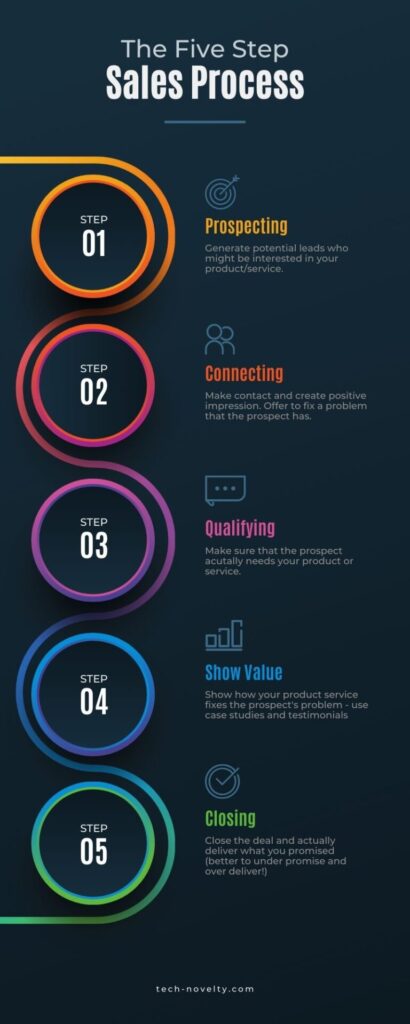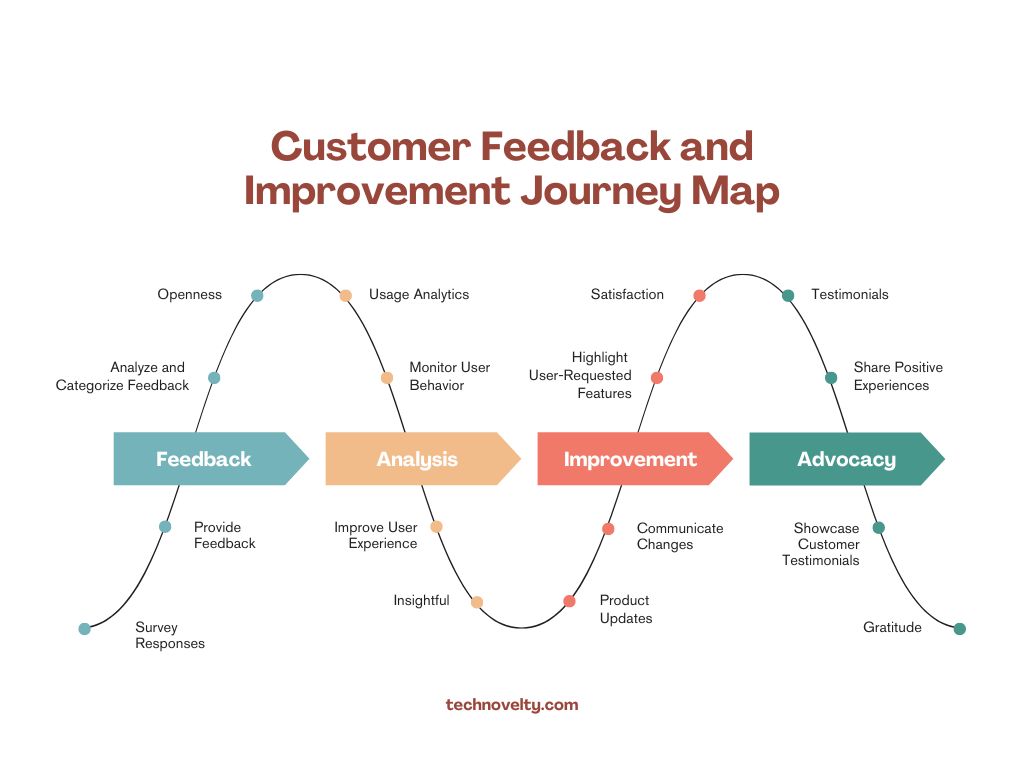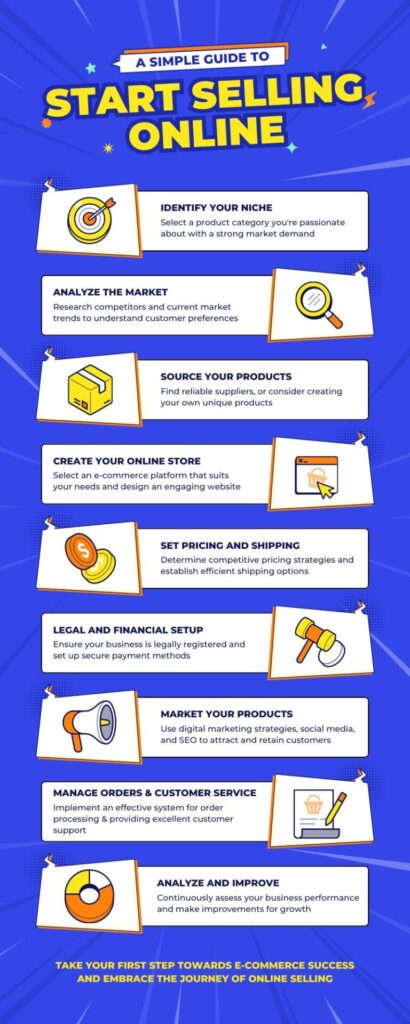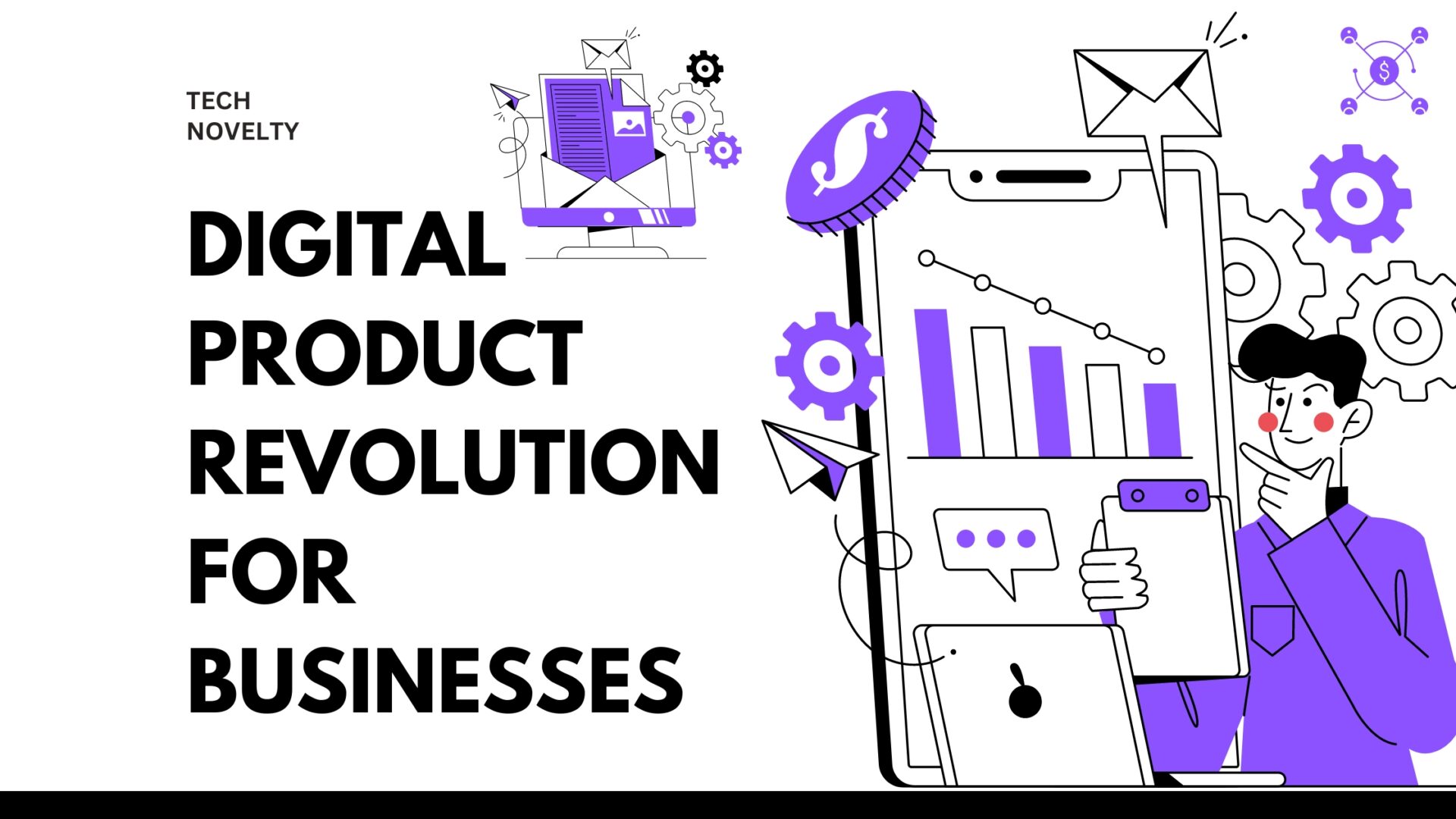Table of Contents
ToggleNavigating the Digital Product Revolution for Business Success
In today’s rapidly evolving market, the digital product industry is not just thriving but revolutionizing how businesses operate and succeed. From software applications to AI-driven platforms, digital products have become integral in driving business growth and innovation. This blog post aims to explore the dynamics of this burgeoning industry, providing you with strategic insights and practical tips to harness its potential.
The Digital Product Industry’s Booming Growth
The digital product landscape is witnessing unprecedented growth. With the rise of SaaS business models, enterprises are finding new ways to optimize operations and enhance customer experiences. Technological advancements, a shift towards subscription-based models, and an increasing demand for efficient, scalable solutions fuel this growth. Industry experts like Ben Thompson of Stratechery emphasize the importance of owning direct customer relationships in this era of digital transformation.
Key players in the digital product arena
The digital product ecosystem is teeming with diverse players, each contributing uniquely to its expansion:
- Entrepreneurs and startups are the trailblazers, constantly innovating and bringing fresh ideas to the table.
- Digital marketers leverage digital products to enhance brand visibility and drive engagement.
- Business analysts and product managers focus on optimizing product-market fit and ensuring sustainable growth.
- Software developers bring these digital products to life, ensuring they are robust, reliable, and user-friendly.
Scott Galloway, a marketing professor at NYU Stern, highlights the influence of big tech companies in shaping this landscape, underscoring the need for agility and innovation among smaller players.
Navigating challenges in the digital product industry
Despite its potential, the digital product industry faces significant challenges. Market saturation means increased competition, making differentiation crucial. Technological advancements require continuous adaptation, while shifting consumer preferences demand agility. Brian Balfour of Reforge stresses the need for effective growth strategies, focusing on retention and product-market fit to overcome these hurdles.
Strategies for Success in the Digital Product Industry
Success in the digital product sector hinges on several strategic approaches:
- Product differentiation is essential. Stand out by offering unique features or addressing specific customer pain points. Nir Eyal’s work on habit-forming products provides valuable insights into creating engaging, sticky products that users keep coming back to.
- Effective digital marketing is imperative for reaching your audience. Utilize targeted campaigns, SEO, and social media to enhance visibility and drive sales. Julie Zhuo, former VP of Product Design at Facebook, advocates for user-centric design, which can significantly enhance your marketing efforts.
- Leveraging data and analytics is key. Use data-driven insights to refine products and strategies. Successful companies often employ tools that provide actionable insights, helping them stay ahead of the curve.
- Fostering innovation should be at the heart of your strategy. Encourage a culture of creativity and continuous improvement to keep your offerings fresh and relevant.

The Digital Product Creation Process
Creating a successful digital product involves several critical steps that ensure the end result meets market demands and user expectations. First, it’s essential to identify a genuine need or problem that the product aims to solve, which requires thorough market research and customer feedback. This foundational understanding informs the product concept and value proposition. Next, conceptualization and ideation play a significant role; collaborative brainstorming sessions can help generate innovative ideas and features. Developing a minimum viable product (MVP) after establishing a solid concept enables early testing and validation in real market conditions, facilitating quick iterations based on user responses.
After launch, continuous monitoring and improvement are vital to adapt to user needs and market trends. This iterative process often involves collecting data and employing analytics to make informed decisions. Additionally, fostering a culture of innovation within the team ensures that the product evolves effectively over time, maintaining its relevance and competitiveness in a dynamic digital landscape.
Essential Components Required to Create a Digital Product
Creating a digital product involves several key components that are crucial for success:
- Market Research: Understanding customer needs and market trends is foundational to identifying opportunities and gaps in the market.
- User Personas: Creating detailed profiles of target users helps tailor the product to meet specific demands and preferences.
- Prototyping Tools: Using software tools to create prototypes allows for a visual representation of ideas, aiding in design and functionality discussions.
- Development Framework: Choosing the right programming frameworks and tools is vital for efficient and scalable product development.
- Establishing thorough testing protocols ensures that functionality, usability, and performance are up to standard before the product launch.
- Feedback Mechanism: Implementing channels for collecting user feedback post-launch is essential for continuous improvement.
- A comprehensive marketing strategy is required to effectively promote the product and reach potential customers.
- Support Infrastructure: Setting up customer support systems provides assistance to users and enhances the overall customer experience post-launch.

Industry experts’ insights
Several industry experts provide valuable insights that can enhance understanding of the digital product landscape:
- Ben Thompson (Stratechery) highlights the implications of aggregation theory and the importance of subscription-based models. His analysis underscores the importance of establishing direct customer relationships, which has become increasingly pivotal in the digital age (Stratechery, 2020-2024).
- Scott Galloway analyzes the influential roles of major tech companies such as Amazon, Apple, Facebook, and Google. He discusses their monopolistic tendencies and the dynamic interplay between technology, branding, and economics, offering a broader perspective on the competitive digital product environment. His book “The Four” and his ongoing “Prof G” podcast and blog (2020-2024) elaborate on this insight.
- Brian Balfour focuses on growth strategies that are integral to the success of digital products. His emphasis on growth loops, product-market fit, and effective retention strategies provides a framework for building sustainable digital offerings (Reforge Content, 2020-2024).
- Nir Eyal, through his works “Hooked” and “Indistractable,” explores the psychology behind habit-forming products. His insights into user engagement and retention mechanisms are crucial for designing digital products that maintain user interest over time (Indistractable, 2019; ongoing talks and writings, 2020-2024).
- Julie Zhuo, with her background as former VP of Product Design at Facebook, offers perspectives on intuitive product design and team leadership. Her principles surrounding user-centric design support the development of scalable and effective digital user experiences, as detailed in her book “The Making of a Manager” and her Medium blog (2020-2024).
Real-world success stories in digital products
Let’s look at some successful digital product examples, illustrating these strategies in action:
Case Study 1: Slack’s Meteoric Rise
Slack, a communication platform, disrupted the industry with its user-friendly design and seamless integrations. It carved out a niche in a crowded market by focusing on product differentiation. Through effective digital marketing and strategic partnerships, Slack rapidly expanded its user base, demonstrating the power of a well-executed SaaS business model.
Case Study 2: Zoom’s Pandemic Pivot
Zoom leveraged its robust infrastructure and user-centric features to become a household name during the COVID-19 pandemic. By capitalizing on technological advancements and changing consumer needs, Zoom exemplifies how businesses can thrive by adapting quickly to external pressures while maintaining a strong focus on customer experience.
Case Study 3: Spotify’s Personalized Experience
Spotify transformed the music industry by offering a highly personalized listening experience. By leveraging data analytics and innovative recommendations, Spotify keeps users engaged and loyal, setting a benchmark for digital product marketing and retention strategies.
Watch Out for These Digital Product Niches in 2024
As we move into 2024, several digital product niches are poised for significant growth and innovation. Recognizing these opportunities can be instrumental for entrepreneurs and established companies alike. Here are some key niches to consider:
- Health and Wellness Apps: With an increasing focus on mental health and overall wellness, applications that offer meditation, fitness tracking, and wellness coaching have become essential tools for users seeking to improve their quality of life.
- Remote Work Solutions: The shift toward hybrid and remote work environments continues to drive demand for tools that enhance collaboration, project management, and productivity. Products that address the needs of remote teams are likely to thrive.
- E-Learning Platforms: Online education is rapidly evolving, and platforms that facilitate interactive learning experiences, skill development, and certification programs are in high demand as lifelong learning becomes the norm.
- Sustainable Products: Digital solutions that support eco-friendly practices, such as carbon footprint tracking and sustainable shopping, resonate with a growing audience prioritizing environmental consciousness.
- Personal Finance Tools: As financial literacy becomes increasingly important, apps that facilitate budgeting, investment tracking, and debt management are gaining traction among users looking to make informed financial decisions.
- AR/VR Experiences: Augmented and virtual reality applications are reshaping entertainment, education, and training. As technology advances, the development of immersive experiences presents exciting opportunities.
Focusing on these niches can provide not just a competitive edge but also align with evolving consumer needs and global trends. Understanding the specific demands and preferences within these areas will be key to successfully navigating the digital product landscape in 2024.
Creating a digital product on Shopify
Shopify, a leading e-commerce platform, is an excellent choice for entrepreneurs looking to launch a digital product. With its user-friendly interface, extensive features, and robust support, Shopify simplifies the process of selling digital goods, such as eBooks, online courses, or downloadable software.
Steps to Launch Your Digital Product on Shopify, Amazon, and Etsy
Successfully launching your digital product across various platforms like Shopify, Amazon, and Etsy requires a strategic approach. Follow these essential steps to guide you through the process:
Step 1: Define Your Product
Begin by clearly defining what your digital product is and the value it provides to your target audience. Conduct thorough market research to ensure there’s a demand and understand your competitors.
Step 2: Choose Your Platform
Selecting the right platform is crucial. Shopify is ideal for establishing your own brand and e-commerce store, while Amazon’s vast reach offers exposure to millions of potential customers. Etsy is great for unique, handmade or creative digital products.
Step 3: Create High-Quality Product Assets
Ensure your digital product is polished and professional. This includes producing high-resolution images, informative descriptions, and marketing materials that accurately reflect your offering.
Step 4: Set Up Your Online Store
Shopify, follow the setup process to create your store, add product listings, set pricing, and configure payment gateways. If using Amazon or Etsy, adhere to their respective listing requirements, including keywords to boost visibility.
Step 5: Implement Marketing Strategies
Develop a marketing strategy to promote your product effectively. Leverage social media, email marketing, and content marketing to reach your audience. Consider using SEO practices on your product listings to improve searchability.
Step 6: Launch and Monitor Performance
Launch your product once everything is in place! Monitor its performance by monitoring sales, customer feedback, and engagement metrics. Use this data to refine your approaches, enhance customer experiences, and make necessary adjustments.
Step 7: Engage and support customers.
After launch, maintain engagement with your customers through excellent support. Address inquiries promptly and encourage reviews to build trust and credibility. Incorporating customer feedback can help improve your product and refine future offerings.
By following these steps, you can successfully launch your digital product on Shopify, Amazon, and Etsy, creating a solid foundation for future growth and innovation in the digital marketplace.

Curious about the role of digital products in today’s tech landscape? Digital products are intangible assets that can be created, distributed, and consumed entirely online—ranging from software applications to eBooks, online courses, and more. They’re at the heart of the digital economy, driving innovation and new business models.
To dive deeper into what digital products are and why they’re so crucial in the era of Generative AI, check out our comprehensive guide on What are Digital Products. This post serves as the foundation for understanding how AI is reshaping the creation and distribution of these products across industries.
100 ideas for digital products
- E-books on self-improvement
- Online courses for coding
- Graphic design templates
- Printable planners and journals
- Bundles of stock photography
- Virtual fitness coaching sessions
- Meditation and mindfulness audio guides
- Language learning flashcards
- Digital marketing strategy guides
- E-books for cooking recipes
- Webinars on financial literacy
- Website themes and templates
- Children’s educational games
- Social media content calendars
- Resume and cover letter templates
- Commissions for digital art
- Interactive quizzes and assessments
- Music production sample packs
- Virtual event planning guides
- Personal finance spreadsheets
- Starter kits for blogging
- Mobile app development tutorials
- Virtual interior design consultations
- Fashion lookbooks and style guides
- Affiliate marketing e-books
- Digital products for artists, such as brushes and palettes, are available.
- Online workshops for photography
- Guides to living sustainably
- Subscription-based coaching programs
- Virtual travel experiences or guides
- Email marketing templates
- Students can use digital planners.
- Podcasting setup guides
- Fitness challenge programs
- Customisable meal plans
- Homebrew beer recipes
- Digital stickers for messaging apps
- Commissioned illustrations
- Social media ad templates
- Cryptocurrency investment guidelines
- Online trivia games
- Health and wellness coaching sessions
- Businesses can use Canva templates.
- YouTube content planning templates
- Gardening guides for beginners
- E-books with parenting tips
- Mind mapping tools
- Niche-specific membership sites
- Personal development podcasts
- Audio guides for local attractions
- Networking strategy blueprints
- Digital wallpaper for desktops and phones
- Niche product review websites
- Virtual museum tours
- Stock video footage
- Online booking and calendar tools
- Fitness and health trackers
- Guided journaling prompts
- Online sewing patterns
- Video editing presets
- Mental health resource kits
- Children’s bedtime story audio recordings
- Digital scrapbooking kits
- Recipe ingredient calculators
- Home organization checklists
- eBooks on sustainable fashion
- Retirement planning guides
- Cooking classes via video
- Customisable product packaging designs
- Virtual art classes
- Digital product sourcing guides
- Nature soundscapes for relaxation
- Professional logo design services
- Remote team-building activities
- Tips for minimalist living
- DIY home improvement guides
- Online therapy or coaching sessions
- Customisable greeting card templates
- Online guitar lessons
- Charity fundraising toolkits
- Digital marketing analytics tools
- E-books on Aging and Wellness
- Adventure travel guides
- Motivational wallpapers and posters
- Engagement calculation spreadsheets
- Online community platforms for hobbyists
- Daily affirmation generators
- Vintage photography prints
- Collections of slow cooking recipes
- Design mock-up services
- Podcast editing and production services
- Digital calendars focused on popular culture
- Pet care guides
- Home fitness video series
- Apps for budgeting and savingsApps for budgeting and savings
- Cultural exchange programs
- Digital scrapbooking services
- Online guided group meditations
- Travel itineraries and planning services
- Interactive storytelling apps for children
These ideas span various niches and can cater to different audiences, providing ample opportunities for entrepreneurs to explore the digital marketplace effectively.
Conclusion: Harnessing the Power of Digital Products
The digital product industry offers boundless opportunities, but success requires strategic foresight and adaptability. By understanding the key players, navigating challenges, and employing effective strategies, businesses can unlock the true potential of digital products to drive growth and innovation.
Whether you’re an entrepreneur, marketer, or product manager, these insights and examples can guide you on your path to success. Explore more about digital product marketing and growth strategies by subscribing to our newsletter for ongoing insights and tips.
Remember, the digital product revolution is here to stay. Position yourself strategically, and you’ll not only survive but thrive in this dynamic industry.

[…] you’re here, don’t miss out on learning about Digital Products. Discover what they are, how they differ from physical goods, and why they’re becoming a […]
[…] anticipation before your digital product launch is essential for capturing attention. Create a buzz through teaser campaigns, countdowns, […]
[…] businesses that use digital tools are 3.5 times more likely to grow their revenue and create new jobs compared to those that don’t, […]